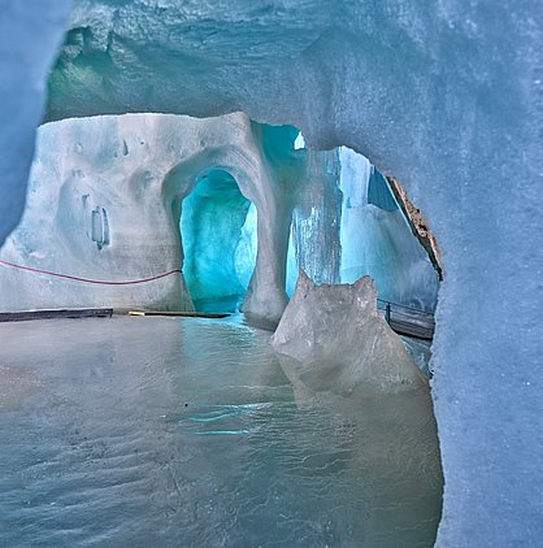Product Description
The most peculiar ice caves in the world
Ice caves are natural marvels that are created through the process of ice melting and refreezing over time. These caves come in various shapes and sizes, and can be found across the globe. Some of the most unusual and captivating ice caves are situated in remote areas, serving as a testament to the awe-inspiring beauty and force of nature. In this article, we will delve into a few of the most extraordinary ice caves in the world.
1- Eisriesenwelt Ice Cave, Austria
Situated in the Tennengebirge Mountains of Austria, Eisriesenwelt holds the distinction of being the largest ice cave in the world, spanning over 42 kilometers. The cave was formed by the continuous flow of meltwater from the surrounding mountains, which freezes during the winter months. What sets Eisriesenwelt apart is its intricate ice formations, including towering ice pillars, frozen waterfalls, and even an ice palace.
2- Vatnajökull Glacier Ice Cave, Iceland
Iceland is renowned for its breathtaking natural landscapes, and the Vatnajökull Glacier Ice Cave is no exception. Located within Vatnajökull National Park, this cave is created by the melting of glacial ice, resulting in a labyrinth of interconnected tunnels and caverns. What makes this cave peculiar is its ever-changing nature, with new tunnels and formations emerging as the ice melts and refreezes.
3- Crystal Ice Cave, Oregon, USA
Nestled in the Oregon Cascades, the Crystal Ice Cave is a natural wonder that leaves spectators in awe. The cave is formed through the freezing and thawing of snowmelt water, giving rise to stunning crystal formations that reflect a myriad of colors when illuminated. What makes this cave truly peculiar is its limited accessibility, as it can only be visited during the winter months when the surrounding snow provides a stable foundation for visitors to traverse.
4- Skaftafell Ice Cave, Iceland
Another remarkable ice cave found in Iceland, the Skaftafell Ice Cave is shaped by the meltwater from the Vatnajökull Glacier. What distinguishes this cave is its unique blue hue, which is a result of the ice's composition and density.







0 Reviews